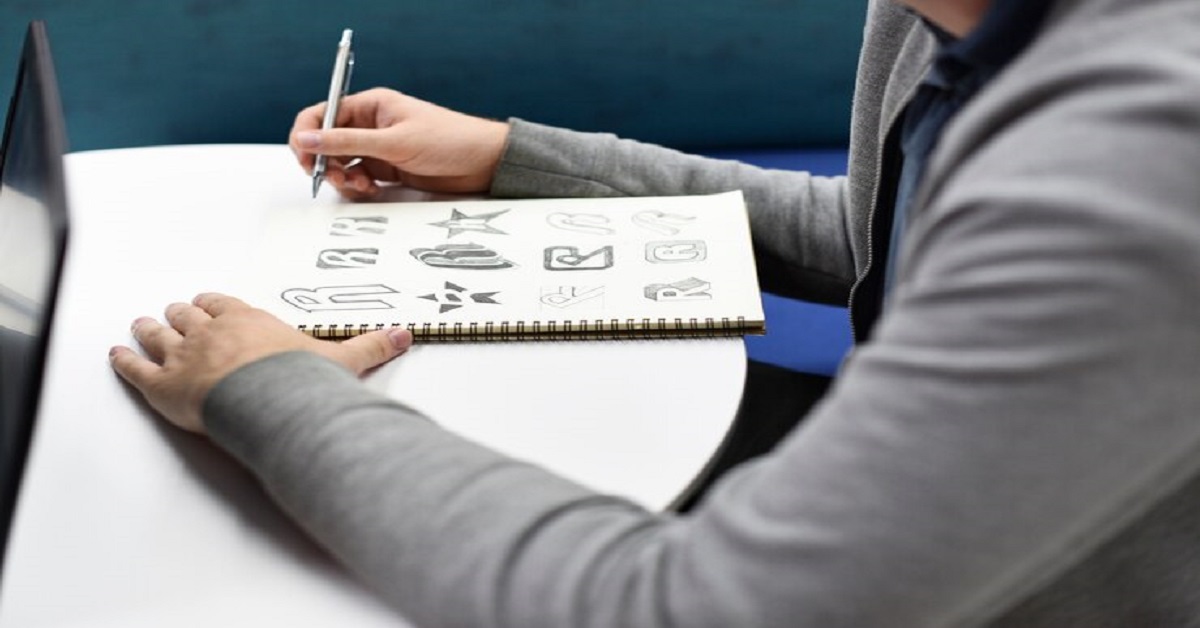Drawing detailed sketches is a fundamental skill for artists, engineers, architects, and designers alike. Whether you’re creating technical drawings for engineering projects or intricate illustrations for art.
The following a structured approach can greatly enhance the clarity and effectiveness of your work. Here’s a comprehensive guide on how to create detailed drawings, covering everything from preparation to final touches.
1. Gathering Supplies
Before you start drawing, gather all the necessary supplies:
- Paper: Choose a quality paper appropriate for your drawing technique.
- Drawing Tools: Pencils (various grades for shading), erasers (both kneaded and precision), rulers, protractors, and compasses.
- Reference Material: Gather any reference images or documents relevant to your drawing.
2. Understanding the Project Requirements
Whether you’re drawing a technical blueprint or an artistic illustration, understanding the project requirements is crucial:
- Purpose: Define the purpose of your drawing. Is it for planning, illustration, or presentation?
- Specifications: Note down any specific dimensions, scales, or details required.
- Style and Format: Determine the style (e.g., realistic, schematic) and format (2D or 3D) of your drawing.
3. Setting Up Your Workspace
Create a comfortable and organized workspace:
- Lighting: Ensure good lighting to avoid shadows and strain on your eyes.
- Surface: Use a flat and clean surface to work on.
- Tools Accessibility: Keep all your tools within reach for efficiency.
4. Sketching the Initial Draft
Begin with a rough sketch to outline the basic structure:
- Outline: Use light strokes to sketch the outline of the drawing.
- Proportions: Pay attention to proportions and scale according to your reference materials.
- Details: Include basic details without getting into finer specifics at this stage.
5. Adding Details and Refinements
Once the outline is in place, start adding details:
- Gradual Shading: Use different pencil grades to add shading and depth.
- Textures: Implement various textures where needed, using different techniques (e.g., cross-hatching, stippling).
- Fine Lines: Use a sharp pencil for fine lines and intricate details.
6. Incorporating Technical Elements (if applicable)
For technical drawings, pay attention to:
- Precision: Ensure all measurements and angles are accurate.
- Annotations: Label dimensions, materials, and other relevant information.
- Symbols and Legends: Use appropriate symbols and legends for clarity.
7. Reviewing and Revising
Review your drawing for accuracy and completeness:
- Check Dimensions: Verify all measurements and proportions.
- Clarity: Ensure all lines are clear and distinguishable.
- Feedback: Seek feedback from peers or clients if necessary for improvements.
8. Finalizing the Drawing
Complete your drawing with the final touches:
- Signature and Date: Sign your drawing and add a date to mark its completion.
- Protection: Consider using fixative spray for pencil drawings to prevent smudging.
- Documentation: Keep a record of your drawing for future reference.
9. Reflecting and Learning
After completing your drawing, take time to reflect:
- Learn from the Process: Note down any challenges faced and lessons learned.
- Continuous Improvement: Identify areas where you can improve for future drawings.
Conclusion
Creating detailed drawings requires patience, precision, and a methodical approach. Whether you’re drawing for technical purposes or artistic expression, following these steps will help you produce clear and professional-looking drawings that effectively communicate your ideas.
By following this guide, you’ll be equipped to tackle drawing projects with confidence, ensuring that each detail is carefully crafted to meet the desired outcomes.
